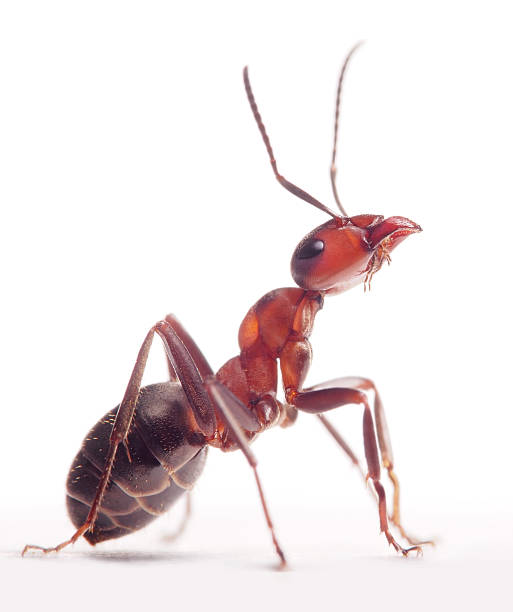 |
Wyatt ParkerImpact of Forest Edge on Biotic Interactions in Forest Understory Herbaceous Layer |
|
|
This week we highlight the research of Wyatt Parker, a senior in Environmental Studies: Ecosystems. His project this summer was with the Prior Invasion Ecology Lab where he helped study ants and seed dispersal to evaluate mutualisms between these organisms. Wyatt expanded upon this idea and applied it to the low recovery of understory plants near the forest edges, explaining that “There are three primary vegetation layers in deciduous forests, and while the upper and shrub layers have recovered from historical clearings, the major loss of biodiversity in secondary forests is in the understory herbaceous layer”. For his Summer Scholars Project, Wyatt worked with a team of undergrads and PhD students from the Prior lab and his project advisor to study the land use history effects on the biotic interactions at the forest edge compared to the forest center. Through this investigation, he hopes to identify causes of poor understory recovery, something he is passionate about as “...Almost 99% of the original forests in the United States have been cleared for agriculture, development, or wood products.” To investigate the changes across the forest patches, he and his team measured the amount of seed dispersal around three forests in Northern Pennsylvania and Southern New York. Wyatt first performed plant surveys around the target sites, identifying the distribution and abundance of understory plants. He then allocated seeds to different sites around the forest and observed how many were dispersed by ants and how many were eaten by other organisms. The preliminary results indicate that, at the forest edges, there is a lower seed-dispersal rate and the seeds are much more likely to be damaged. Based on the contents of the pitfall traps, (cups with soapy water placed around the sites to catch whatever falls in) Wyatt believes these results to be due to the higher concentration of invasive slug species found at the edges. He is currently looking at few of the samples from the forest locations to build a profile of the ant populations at each site and using statistical analysis to further determine the significance of the results. Moving forward, Wyatt plans to continue the research as an honors thesis during which he hopes to draw final conclusions which he hopes to be able to publish his findings in a scientific journal.
|
||